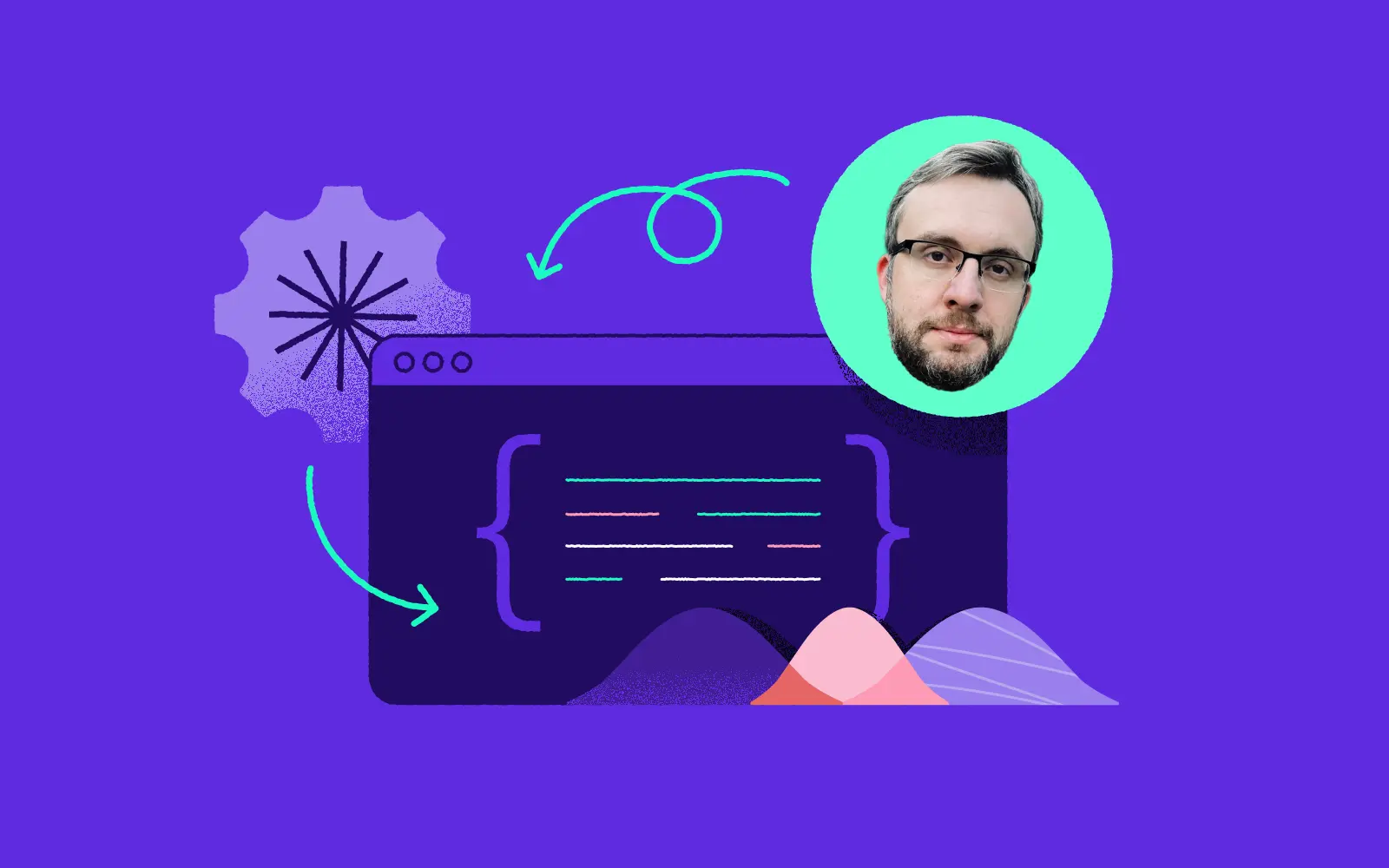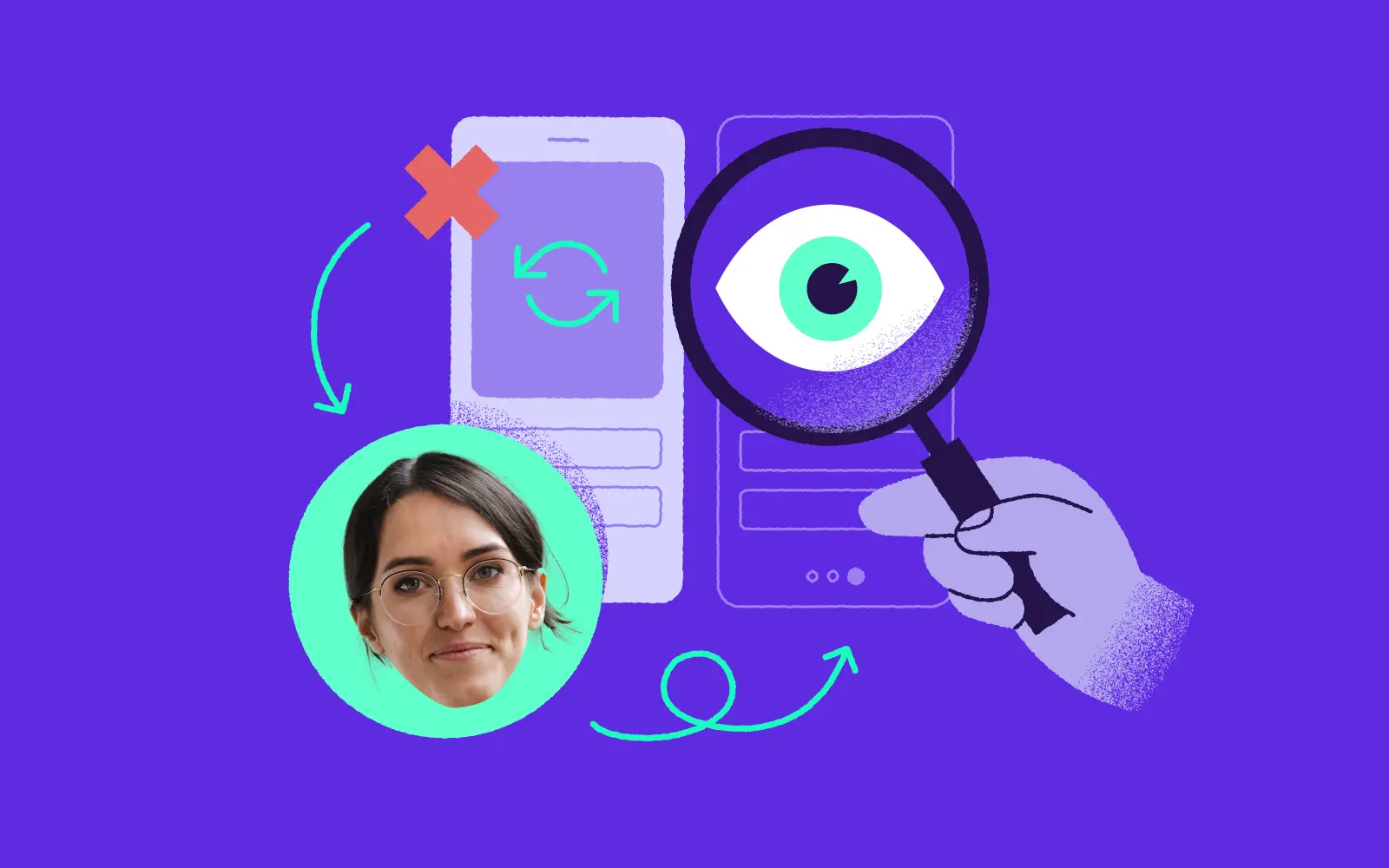Building an effective employee Onboarding program – Part 1
23.01.2020 | 3 min read

Pre-onboarding
Recent research by Glassdoor found that employers with a strong onboarding process improve their staff retention by 82% and productivity by over 70%. It sounds like a no-brainer, doesn’t it? The more your company invests the time and effort into ensuring that you fully understand its aims and culture, as well as your role in the bigger picture, the happier you’ll be. It’s also far more likely that you’ll want to stick around for longer.
But it’s often difficult to get your onboarding process right and to know how to adapt it effectively to different roles in your business. In the following series of two blog posts, our Employer Branding Specialist Dajana Tatar shares her tips on how to tackle the above issues in the particular context of working in a software house. In this first section we talk about planning and pre-onboarding.
This article is for you if:
- You’re in the process of writing a new onboarding process
- You want to understand how to tailor it to different roles
- You want to know how to support your employees ongoingly following the end of the initial onboarding process.
Why me?
- I have four years’ experience as an employer branding specialist
- I have just finished writing a new onboarding process at 10Clouds, a leading software house in Poland with more than 140 staff members.
- I have in-depth knowledge of what motivates developers and designers, having conducted a number of insightful surveys on this subject
Planning your onboarding process
Some companies make the mistake of equating onboarding with the process of getting set up with a new laptop, passwords and email accounts. This, in reality, is only one small part of the process.
Onboarding programs will of course vary widely depending on the nature of the role and the nature of the organisation itself, but there are some common elements that should exist in every onboarding process.
Do you have an existing onboarding process that you want to improve?
If you already have an existing onboarding process, it’s worth doing an audit of what works and what doesn’t. Get input from everyone involved in the process, and when you’ve collated it all – sit down with each of these people and get feedback on what they feel could be improved.
It’s also really useful to ask recent joiners for their feedback on your current onboarding process. You could do this via a survey or, if you have enough time, you could host focus groups to discuss their thoughts in detail.
Get into the mindset of a new hire
If you’re the person running the onboarding process, imagine yourself as a new employee, and make a note of how you would like to be onboarded. Bear in mind all the people that you would like to be involved in the process – the direct line manager of the new hire, the heads of department, the finance and HR teams and anyone else you feel would be relevant.
Pre-onboarding
It’s important to remember that the onboarding process begins well before the new employee has actually arrived in your office. Here are some steps that are vital to get right:
- Gathering the relevant documents from the new hire
The first part of this process is usually done via email. Documents will vary depending on the type of employment, but will always include a signed contract along with terms and conditions.
In this part of the process, it’s important to make a good impression on your new hire, so make sure that you pay attention to getting all the details right – spelling their name and surname correctly, getting their start right etc.
2. Preparing for the new hire’s arrival:
- After signing the contract, all of the new hire’s details should be input into the company’s CRM system with invitations going out to all the people involved in the onboarding process.
- We would recommend that each new member of staff is assigned a ‘buddy’ – this can be anyone in the team who will be able to support them throughout the onboarding process and can answer any questions that they have about company processes, who to turn to with given issues and more. Note that they do not have to be a senior manager.
- Remember to prepare a desk for the new hire along with any equipment that they will need – laptop, phone etc. In some cases, this may involve re-jigging where other team-members sit, so its a good opportunity to assess your desk configuration.
- Preparing the new hire’s welcome pack, which is a great opportunity to give them a flavour of the company culture. At 10Clouds, our pack includes: our branded cloud socks, a welcome card, bag, company stickers, notepad and pencil.
3. Sending a welcome email to the new hire
This should include all of the information about what your new hire needs to know about their first day in the business. It should tell them what time they should turn up, who they will be meeting and what the agenda of this first meeting will be. It’s important to make them feel that they’re well prepared for their arrival.
In Part 2…
We will talk you through our recommended onboarding sessions when your new employee arrives. Watch this space!
Want to join us? W
Looking to join a dynamic and friendly team of expert developers in the heart of Poland? Have a look at the roles that we’re currently recruiting for at: https://10clouds.com/careers/



